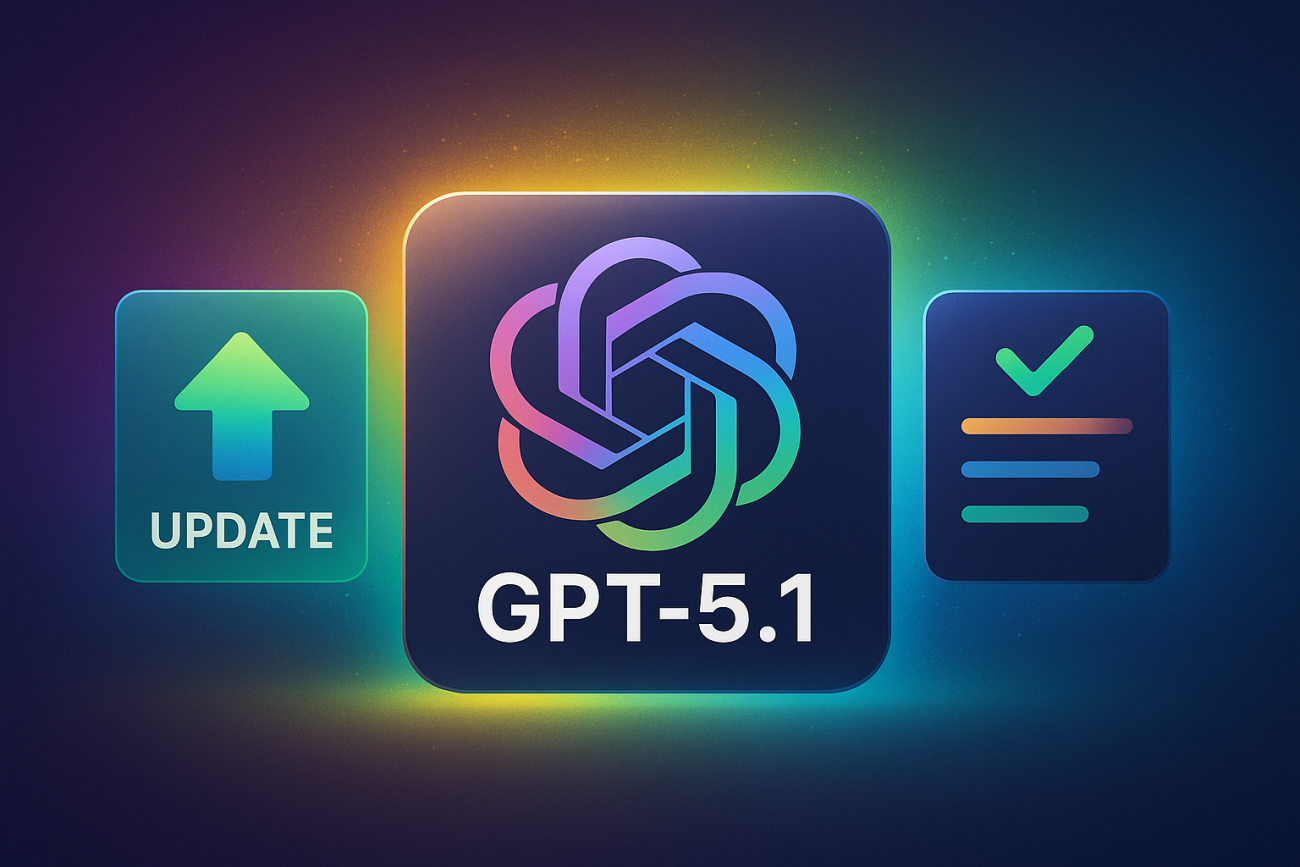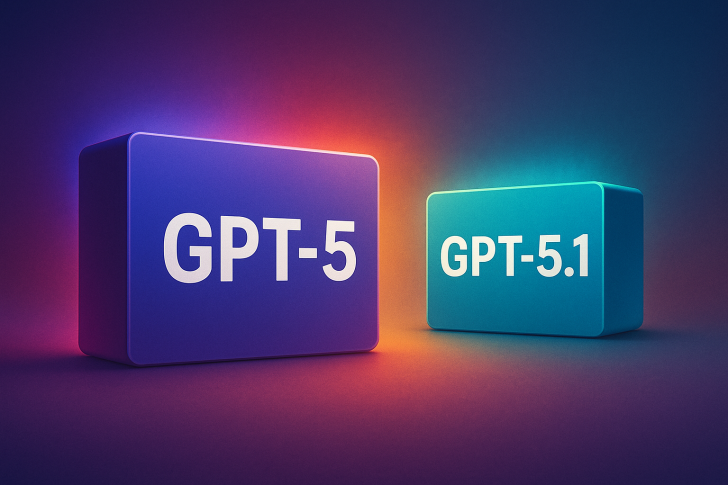⬤ OpenAI's latest release, GPT-5.1, is stirring up controversy after reports emerged calling it barely an upgrade from GPT-5. The criticism goes deeper than just performance metrics—people are questioning whether OpenAI is deliberately keeping its best models under wraps while releasing watered-down versions to the public.
⬤ The chatter suggests GPT-5.1 isn't much of a leap forward, and that's particularly frustrating because OpenAI supposedly has more powerful models sitting in its labs. Some observers think the company is playing it safe, choosing models that won't ruffle feathers over ones that push boundaries. It's reminiscent of the earlier "4o situation" that rubbed users the wrong way, where accessibility seemed to trump raw capability.

⬤ The core complaint is that OpenAI went with what critics call a "softer, mainstream-friendly" approach instead of releasing what could've been a significantly stronger model. This reflects an ongoing tug-of-war between building cutting-edge AI and making sure it's comfortable enough for everyday users. The trade-off is becoming harder to ignore as the gap between what's possible and what's released appears to widen.
⬤ This situation captures a bigger shift happening in AI development. As the field moves faster and competition heats up, companies face tough decisions about balancing innovation with safety concerns and mass-market appeal. The GPT-5.1 discussion shows how sensitive users have become to what they see as incremental updates when they're expecting breakthroughs.
 Saad Ullah
Saad Ullah

 Saad Ullah
Saad Ullah


